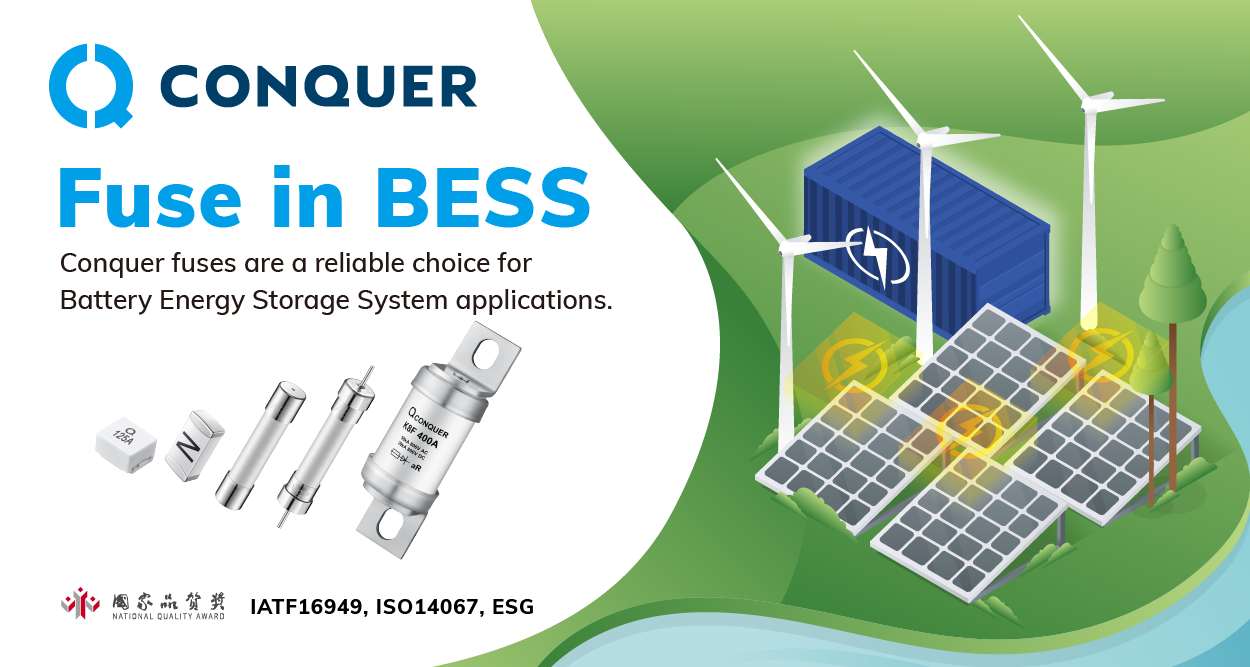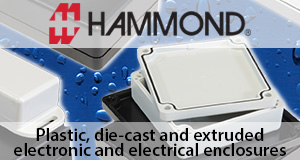LONDON, March 30, 2019 – Battery capacity has increased by more than 50kWh across all plug-in hybrid/battery electric vehicles (PHEVs/BEVs), and 150+kW batteries now come with fast-charging capabilities. These advances in battery technologies are creating a parallel need for a battery thermal management system (BTMS) to ensure higher mile range, longer life, and superior battery performance. While passive thermal management, such as air-cooled systems, will be the key technology for HEVs, liquid cooling and active thermal management will be popular among PHEVs and BEVs.
“The use of liquid glycol through cooling tubes and plates between modules will not only help original equipment manufacturers (OEMs) maintain battery efficiency but also allow their vehicles to achieve compliance with stringent battery standards,” said Arvind Noel Xavier Leo, Industry Analyst, Mobility. “In the future, OEMs will adopt active thermal management systems that centralise all thermal needs for battery, motor, power electronics, and cabin temperature.”
Frost & Sullivan’s recent analysis, Global Analysis of Electric Battery Market and Battery Thermal Management System for Electric and Hybrid Vehicles, Forecast to 2025, provides in-depth analyses of BTMS and highlights the current and future products of manufacturers. The study covers the markets of Europe (Denmark, France, Germany, Italy, the Netherlands, Norway, Portugal, Spain, Sweden, and the United Kingdom), China, South Korea, Japan, and North America (the United States).
“Prismatic cells are the most preferred cell structure due to their high energy density and compact packaging, and present significant opportunities for high-end passive BTMS due to their thermal instability,” noted Leo. “Most OEMs are outsourcing battery cells for EVs and hybrid electric vehicles (HEVs), and assembling the module and pack in-house. LG Chem, Panasonic, Samsung SDI, and Sanyo will be the key cell suppliers for western OEMs, whereas BYD, CATL, and CALB will be the key battery manufacturers in China and will look to adopt western OEM technology.”
OEMs will find greater success by tapping the growth opportunities created by:
- Stringent battery packaging standards, which will drive the adoption of high-end BTMS.
- Adopting an active thermal management system that will act as a central control unit.
- Developing a modular fast-charging system that delivers high-power output for both BEVs and PHEVs.
- Partnering with aftermarket wireless charging tech suppliers to develop in-house offerings to incentivise EV adoption.
- Providing fast chargers in every EV model.
- Focusing on standardisation and lowering the cost of BTMS.
Global Analysis of Electric Battery Market and Battery Thermal Management System for Electric and Hybrid Vehicles, Forecast to 2025 is part of Frost & Sullivan’s global Automotive & Transportation Growth Partnership Service program.
For more information, visit: http://frost.ly/3bq















